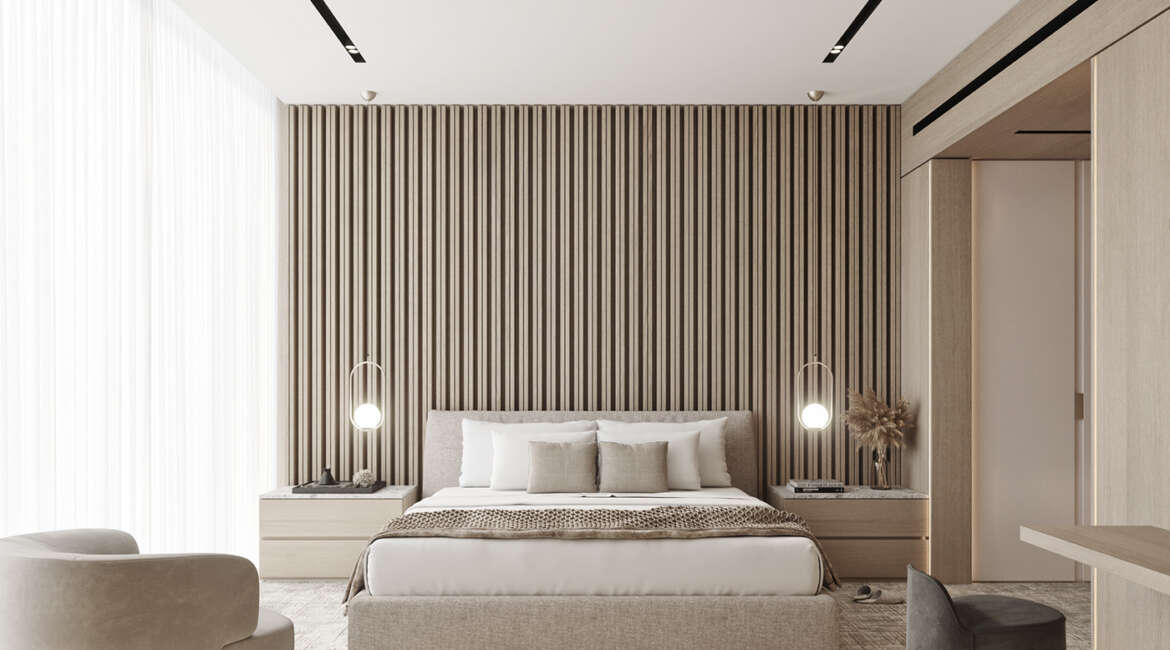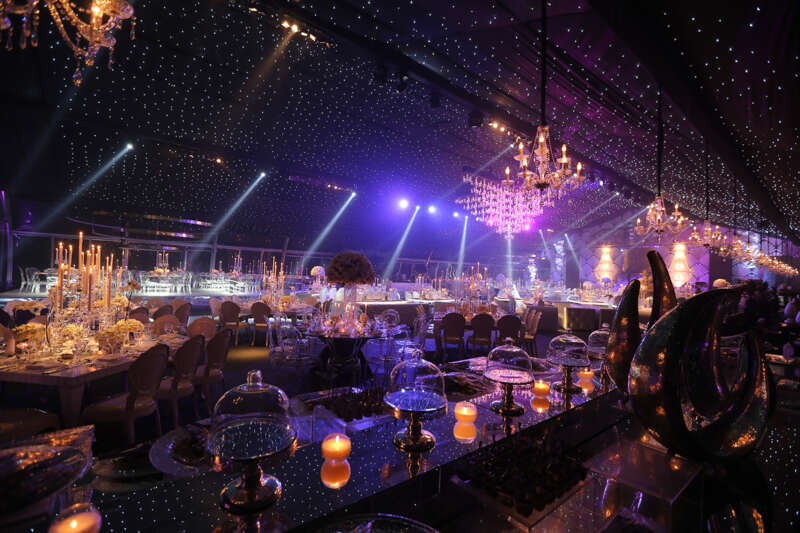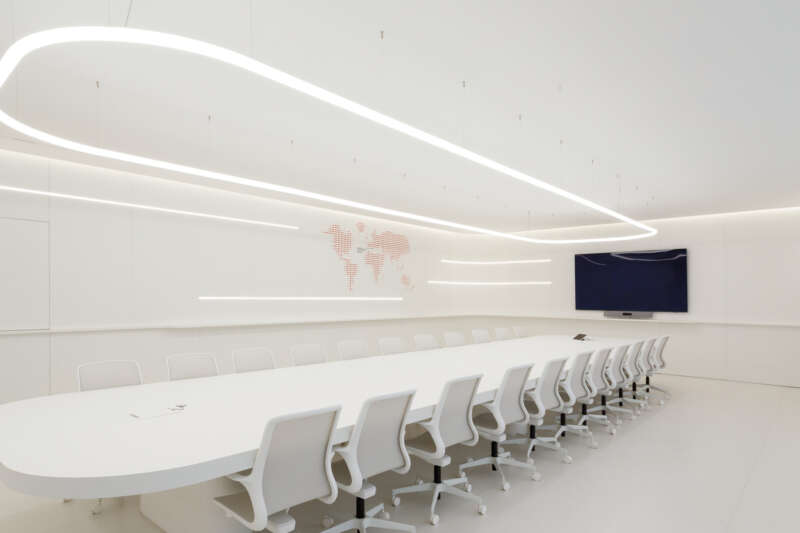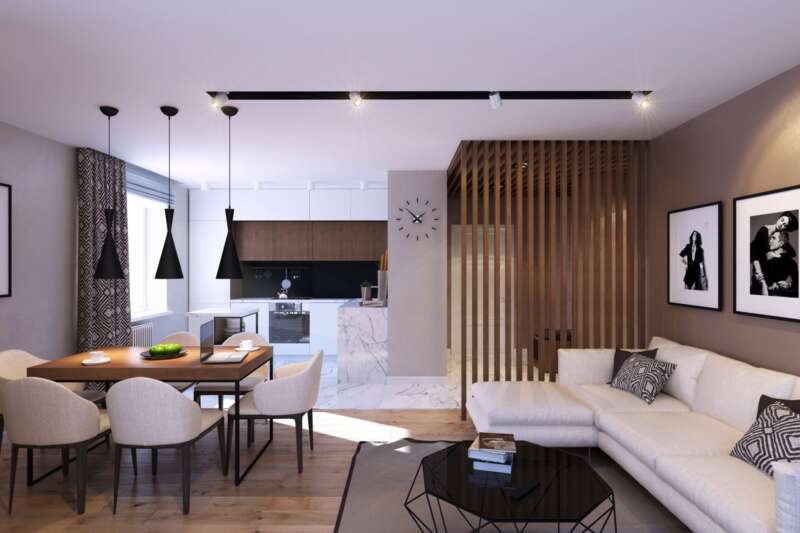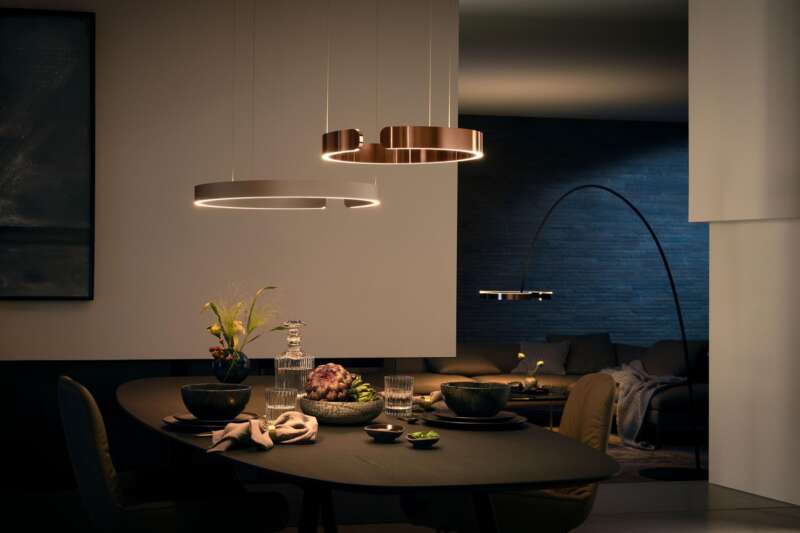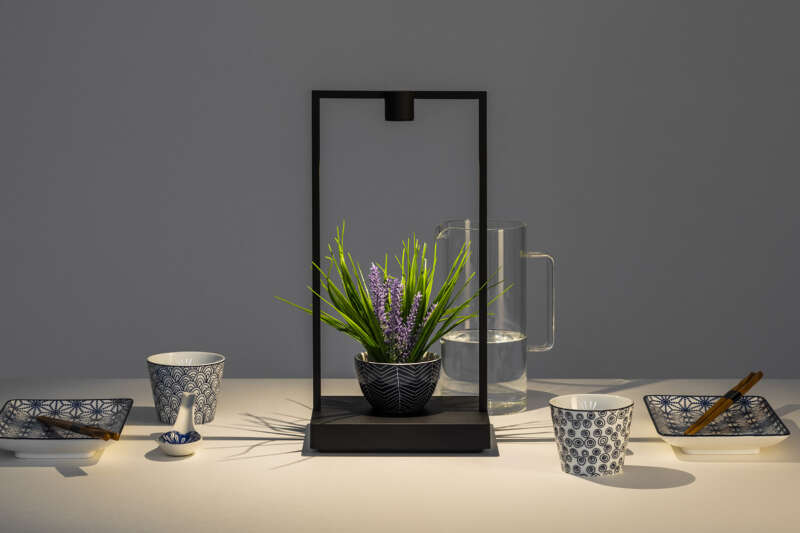Hotel Rooms Lighting
Hotel guest rooms play host to vacationing families and business travelers. While both deserve a comfortable place to stay, their lighting needs vary throughout their visit. For hospitality lighting to have the right lighting at all times, it needs to have layers of light and easy controls for the hotel guest.
By investing and switching to LED lighting, hotels can reduce their energy usage and utility costs since these lights can consume up to 90 percent less energy than other light sources. LED light bulbs and fixtures also last longer to help cut down replacement costs as well. The switch to LED technology can even lower the air conditioning bills since LEDs produce far less heat than halogens, incandescent, and CFLs. And as if that isn’t enough to make you want to switch, LEDs that have a high color rendering indexes (CRI) can enhance the room’s décor by making fabrics and wall colors appear more vibrant and luxurious.
Hotel rooms need to be bright enough to get dressed in and to work in. They also need to be comfortable enough for guests to relax in. The ability to control lighting in a hotel room is essential to accommodate both needs. The simplest way to accomplish this is to use several smaller lights instead of one or two large fixtures. A master switch isn’t a bad idea. This way guests have the option of using all, some, or none of the lights based on what they need at any given time. Installing a dimmer switch can also be a good idea. This allows visitors to control the level of light in the room instead of just flipping certain lights on and off.
The color of the lights can have a major impact on the mood and atmosphere in a room. Light with a higher Kelvin color temperature emits a bluer light that is better suited for daytime hours and times when guests need to be productive. However, this light is not relaxing and can make it difficult for occupants to unwind after a long day. Using warmer colored lights at night helps avoid the bright appearance of cooler colored lights. Use cool white lights in larger overhead fixtures and desk lamps that are more likely to be used during the day, then use warm white lights in nighttime fixtures like the bedside lamps.
Using floor lamps, table lamps, and wall sconces, instead of ceiling mounted fixtures, is a great way to avoid the time-consuming task of bulb replacement. Ceiling fixtures would typically need a ladder to be reached, whereas housekeeping can reach the other fixtures while they are already in the room tidying up.


